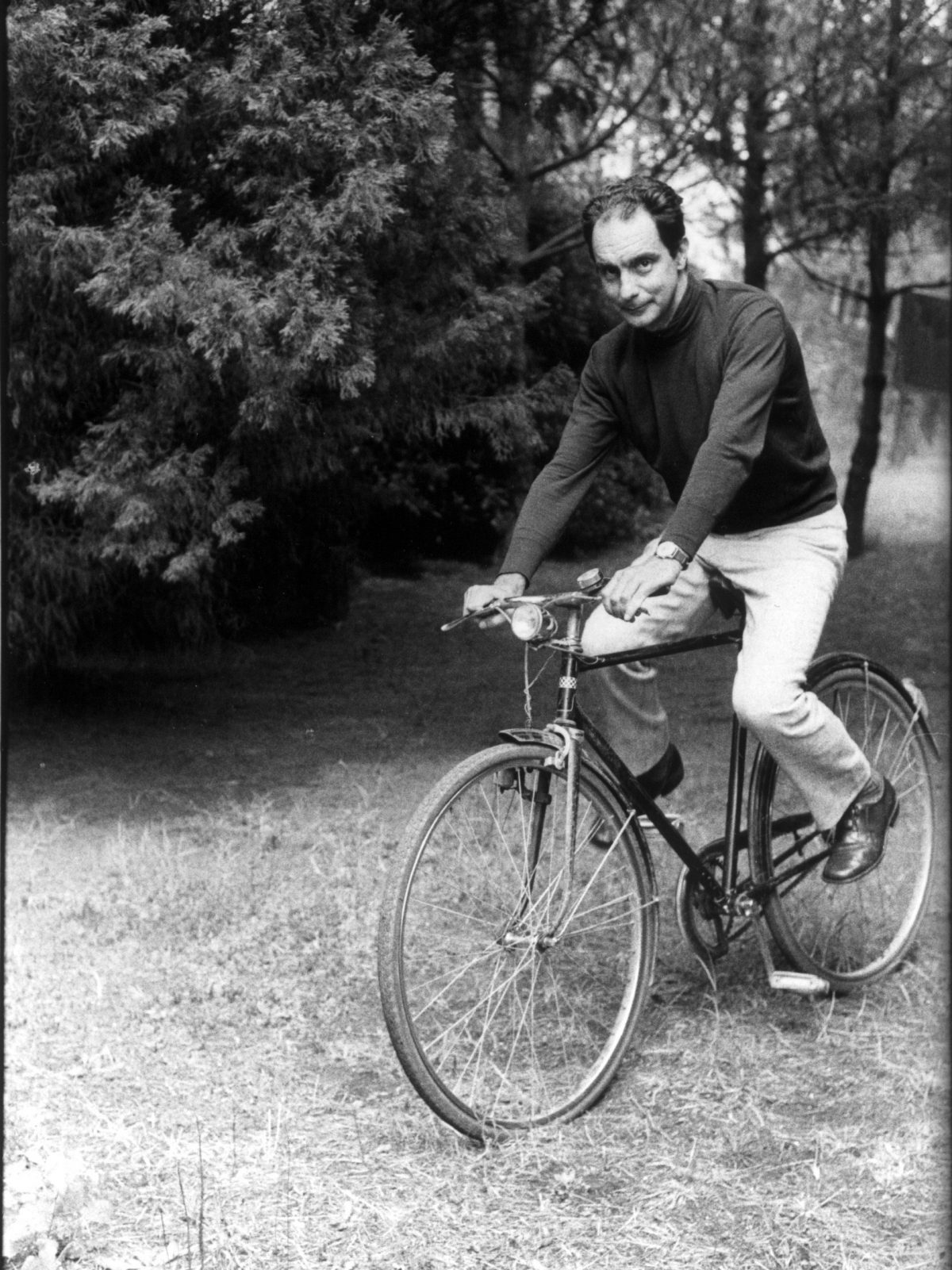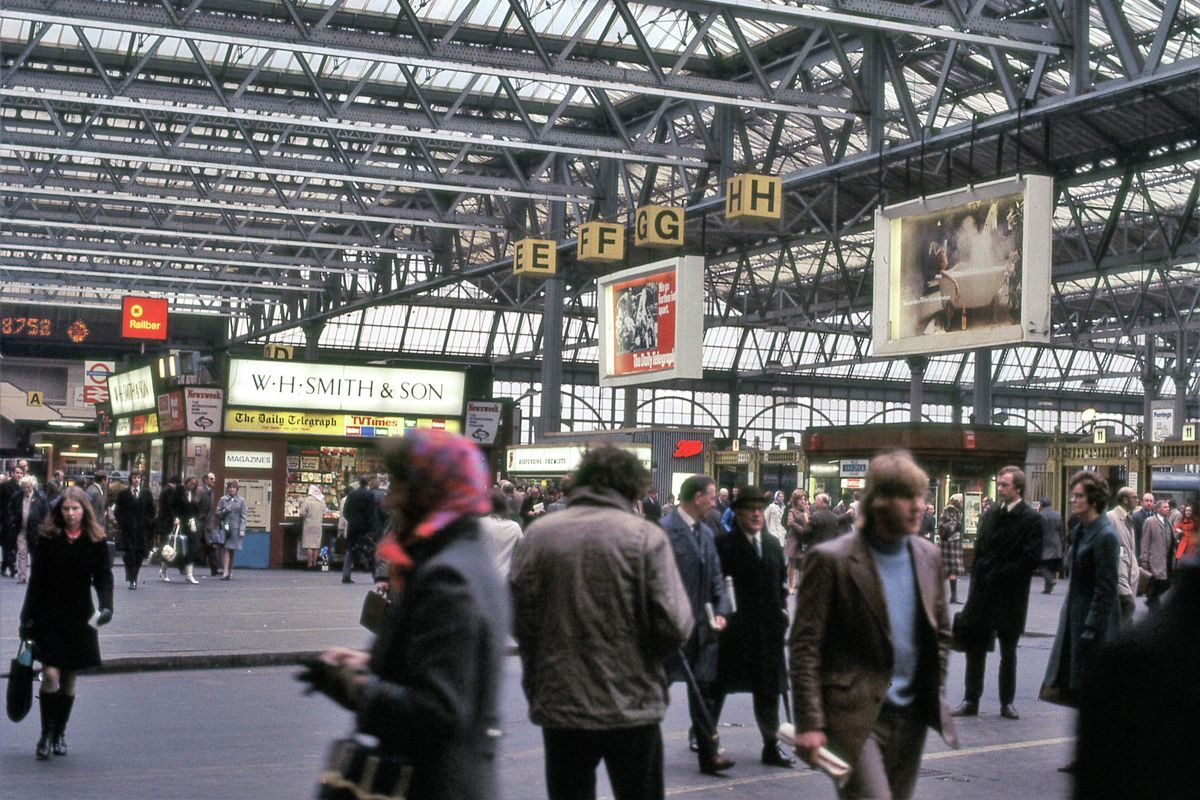
Italo Calvino (October 15, 1923–September 19, 1985) wrote about photography and its place as “aesthetic consumerism” in his 1970s work Difficult Loves. Our need to record everything with a camera, as if failing to do makes it less memorable or even less real, is a theme for the digital age. In foreseeing the addiction to photographing our lives, the lugubrious Calvino was ahead of his time.
It’s the search for the prefect image, the one we frame as our best selves. It’s the holiday boast card that says ‘We’re having the best time’, but in reality shows only that we used our limited time away to direct a photoshoot and frame everything in terms of what we left behind. As such, does the holiday destination just become another field for work?
As Susan Sontag writes in On Photography:
Photographs will offer indisputable evidence that the trip was made, that the program was carried out, that fun was had…
She adds that the very action of photographing is part of our compulsion to do and prove our worth through productivity:
The very activity of taking pictures is soothing, and assuages general feelings of disorientation that are likely to be exacerbated by travel. Most tourists feel compelled to put the camera between themselves and whatever is remarkable that they encounter. Unsure of other responses, they take a picture.
This gives shape to experience: stop, take a photograph, and move on. The method especially appeals to people handicapped by a ruthless work ethic — Germans, Japanese, and Americans. Using a camera appeases the anxiety which the work-driven feel about not working when they are on vacation and supposed to be having fun. They have something to do that is like a friendly imitation of work: they can take pictures.
…
All photographs are memento mori. To take a photograph is to participate in another person’s (or thing’s) mortality, vulnerability, mutability. Precisely by slicing out this moment and freezing it, all photographs testify to time’s relentless melt.
Are we carrying our anxiety in our pockets? All the messy and the complex parts of life, those dull days and empty nights of solitude, are edited out. The vitality of pursuit becomes ordered and regimented, photographs existing as evidence of work and achievement, and part of what Calvino termed “brainless consumption”. Skating the skin of life’s great mysteries, we trap ourselves in the belief that it is only by appearing in pictures that we confirm our existence before we somatically disappear. As Sontag puts it:
Needing to have reality confirmed and experience enhanced by photographs is an aesthetic consumerism to which everyone is now addicted.
Calvino understood it before the ubiquity of smart phone images and that groupthink drive to confirm our rehearsed Instagrammed lives:
The line between the reality that is photographed because it seems beautiful to us and the reality that seems beautiful because it has been photographed is very narrow…
The minute you start saying something, “Ah, how beautiful! We must photograph it!” you are already close to the view of the person who thinks that everything that is not photographed is lost, as if it had never existed, and that therefore, in order really to live, you must photograph as much as you can, and to photograph as much as you can you must either live in the most photographable way possible, or else consider photographable every moment of your life. The first course leads to stupidity; the second to madness.
Perhaps only the snapshot comes close to conveying a moment of comprehension and truth, where quickness is to the fore and we experience something of the everyday?
The taste for the spontaneous, natural, lifelike snapshot kills spontaneity, drives away the present. Photographed reality immediately takes on a nostalgic character, of joy fled on the wings of time, a commemorative quality, even if the picture was taken the day before yesterday. And the life that you live in order to photograph it is already, at the outset, a commemoration of itself.
Extracts via: Brain Pickings. Image: Italo Calvino on a bike, 1970 – Creative Commons
Would you like to support Flashbak?
Please consider making a donation to our site. We don't want to rely on ads to bring you the best of visual culture. You can also support us by signing up to our Mailing List. And you can also follow us on Facebook, Instagram and Twitter. For great art and culture delivered to your door, visit our shop.








